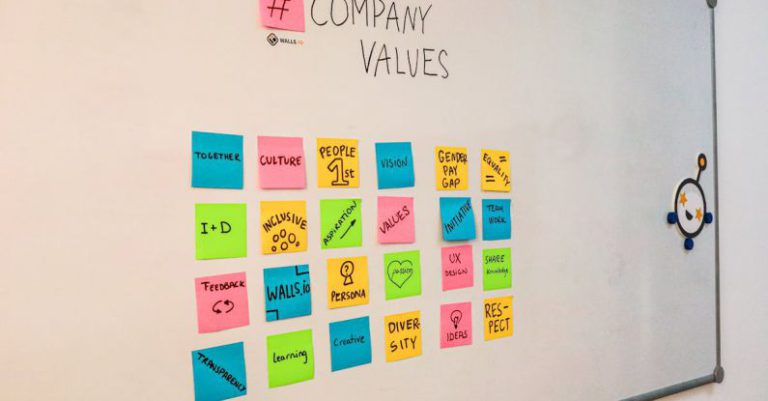Measuring the Impact of Creativity
Creativity is a powerful force that drives innovation, fuels imagination, and shapes the world around us. Its impact is far-reaching, influencing everything from art and design to technology and business. However, measuring the impact of creativity can be a challenging task due to its intangible nature and the diverse ways in which it manifests. In this article, we will explore the importance of measuring the impact of creativity, the methods used to do so, and the implications for individuals and society as a whole.
Understanding the Value of Creativity
Creativity is often seen as a key driver of success in both personal and professional endeavors. It enables individuals to think outside the box, solve complex problems, and generate new ideas. From a business perspective, creativity is essential for driving innovation, staying ahead of the competition, and adapting to changing market conditions. In today’s fast-paced and dynamic world, the ability to think creatively is more valuable than ever.
Measuring the Impact of Creativity
Despite its importance, measuring the impact of creativity can be a daunting task. Unlike more tangible metrics such as revenue or sales figures, creativity is subjective and multifaceted. It can manifest in a variety of ways, from a breakthrough invention to a captivating piece of art. As a result, traditional measurement tools may not capture the full extent of its impact.
One approach to measuring the impact of creativity is through qualitative assessments. This involves gathering feedback from individuals who have experienced or been influenced by a creative work or idea. Qualitative data can provide valuable insights into the emotional and psychological impact of creativity, such as inspiration, motivation, and personal growth. By capturing these intangible outcomes, we can begin to understand the true value of creativity in people’s lives.
Another method of measuring creativity’s impact is through quantitative analysis. This involves using data and metrics to assess the tangible outcomes of creative endeavors, such as revenue generated, products developed, or patents filed. While quantitative measurements may not capture the full richness of creativity, they can provide valuable insights into its economic and social impact. For example, studies have shown that companies that prioritize creativity and innovation tend to outperform their competitors in terms of revenue growth and market share.
Implications for Individuals and Society
The ability to measure the impact of creativity has far-reaching implications for individuals and society as a whole. For individuals, understanding the value of their creative pursuits can provide validation and motivation to continue pursuing their passions. It can also help them leverage their creativity to achieve personal and professional success. In a broader sense, measuring the impact of creativity can help society recognize and support the arts, culture, and innovation that enrich our lives and drive progress.
By quantifying the impact of creativity, we can make a stronger case for investing in creative industries, supporting creative education, and fostering a culture of innovation. This can lead to economic growth, job creation, and social development. Ultimately, measuring the impact of creativity is not just about assigning numbers to a subjective experience; it is about recognizing the transformative power of creativity and harnessing it for the benefit of individuals and society as a whole.
In conclusion, measuring the impact of creativity is a complex yet essential task that can provide valuable insights into the value and significance of creative endeavors. By combining qualitative and quantitative approaches, we can begin to unravel the mysteries of creativity and harness its power to drive innovation and change. Through a deeper understanding of the impact of creativity, we can cultivate a more vibrant, dynamic, and prosperous society for all.






